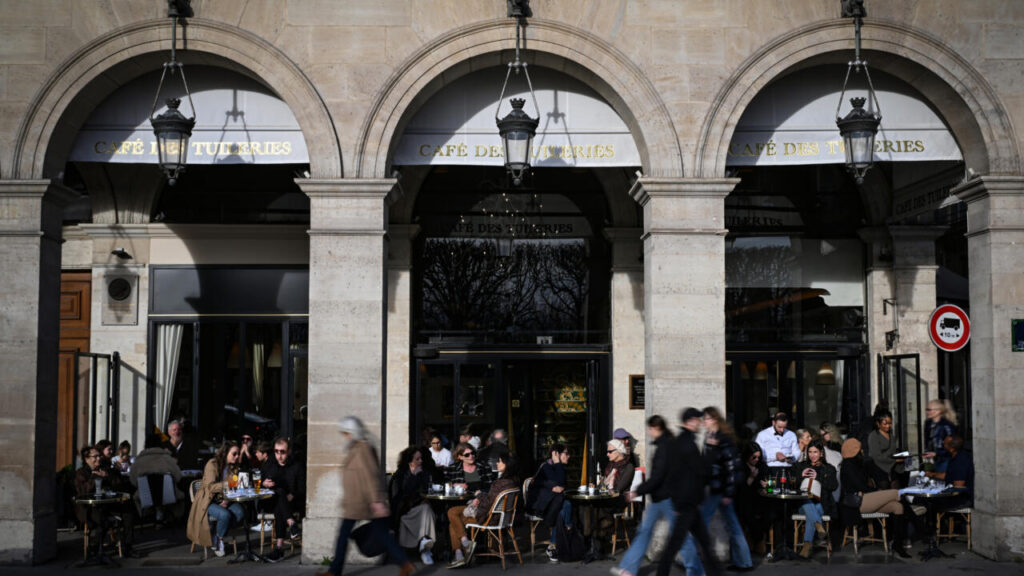Brussels, Belgium (AFP) – A closely watched survey on Tuesday showed business activity in the euro zone picked up in April, thanks to “increasingly robust” growth in the services sector.
Publication of: change:
1 minute
S&P Global's HCOB Flash Eurozone Purchasing Managers' Index (PMI) recorded a reading of 51.4 in April, up from 50.3 in March. It was the highest level in 11 months. A number above 50 indicates growth, and a number below 50 indicates contraction.
“The euro area got off to a strong start in the second quarter,” Cyrus de la Rubia, chief economist at Hamburg Commercial Bank, said in a statement on the PMI data.
However, the survey showed that manufacturing activity was expanding “moderately”, although the decline was not as steep as before, as manufacturing production continued to decline.
“Growth in the services sector has been increasingly robust, despite signs that the manufacturing downturn is easing further,” S&P Global said.
Economists said the data showed the 20-nation single currency was emerging from the recent economic downturn, but the European Central Bank would still cut interest rates in June.
“The higher-than-expected interest rate hike…suggests that the eurozone is emerging from recession, but this could lead to the ECB cutting interest rates in June,” said Andrew Kenningham of London-based consultancy Capital Economics. That cannot be prevented.”
“While these surveys are good news for the economy, we suspect growth will remain quite weak in the short term,” he added.
The ECB has raised interest rates at a record pace to stem spiraling price increases, but calls for rate cuts are growing as euro zone inflation approaches the ECB's 2% target. Inflation slowed to 2.4% in March.
The survey also showed that the situation in France and Germany, the European Union's two largest economies, is improving.
Germany's return to growth in April, after criticism that the economy was slowing down other European countries, will be welcome news for Berlin.
On the other hand, the survey found that France's production remained at a “marginal contraction” and was close to stabilization.
© 2024 AFP


